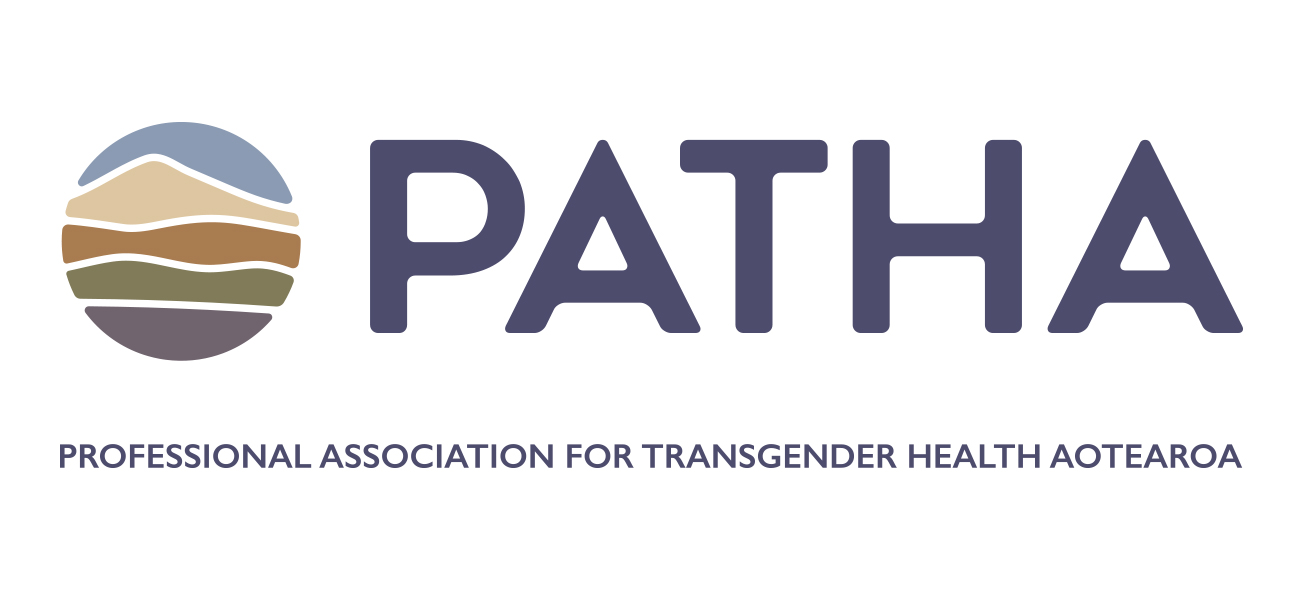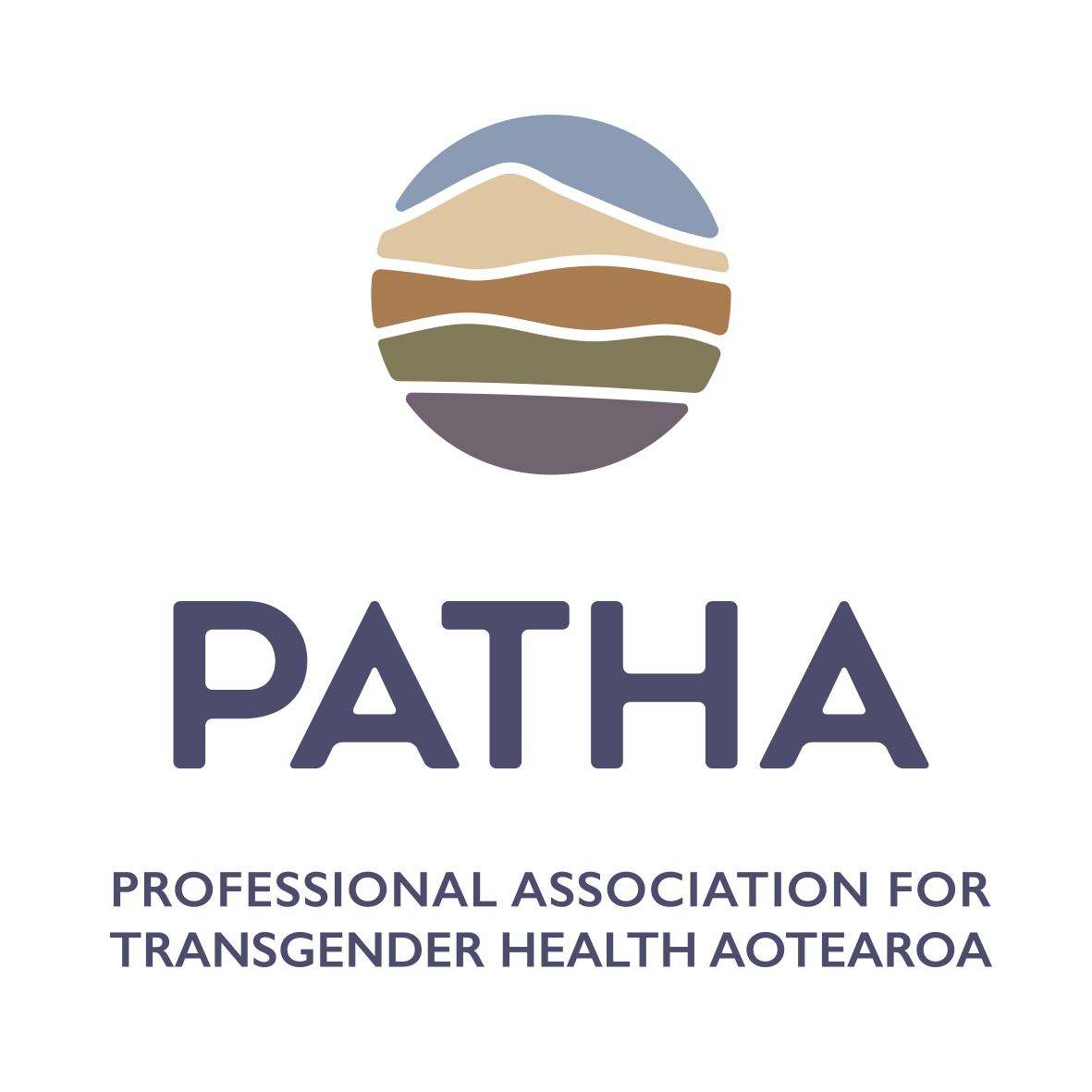Menu
Log in

News |
About PATHAThe Professional Association for Transgender Health Aotearoa (PATHA) is an interdisciplinary professional organisation working to promote the health, wellbeing, and rights of transgender people. We are a group of professionals who have experience working for transgender health in clinical, academic, community, legal and other settings. | Contact |
 |
Powered by Wild Apricot Membership Software